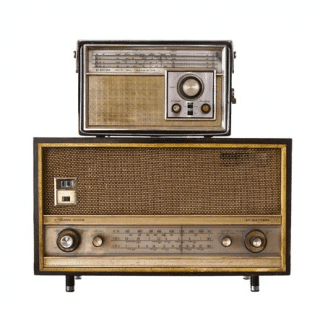Mixing for Radio

We recently shared a report on how radio is still the most dominant medium for music listening. A lot of people still here and discover a majority of the music they listen to through the radio. Unfortunately, it’s not the best in terms of sound quality.
Because of this, some producers are apt to create remixed versions of their music that are optimized for radio playback. While you don’t always have control over what version of your music a radio station plays, it can be useful to have a radio-optimized mix available for the times when you can control it.
Essentially, all radio stations use a multiband compressor on the music they play. This often results in a very flat dynamic range. You may have noticed this if you’ve ever heard a song on the radio and then listened to it on CD. The radio version sounds squashed .
Expand Your Dynamic Range
The way to counteract this is by creating a version of your mix that has an exaggerated dynamic range. You may want to consider reducing the compression on vocals and then raising their volume. This will maintain the expressiveness of the vocal track while still keeping it from getting lost in the mix.
Focus On The Mids
With radio playback, you’re going to want to make sure the mids of your track are shining through. You do this by making them more present in your mix, almost sounding too forward. You don’t need to worry about the bass as much because it will still be heard (and many car stereos–where people listen most to the radio–tend to be bass heavy).
Automate the Lead Parts
Even if you do a great job of expanding the dynamic range, keeping your midrange in the forefront of things, and allowing the vocals to maintain more musicality and presence; you may still end up losing certain important parts of your mix to the radio station’s compressors. This is where automation comes in.
Automate the parts of your mix that you want to shine at certain points. If you’ve got a guitar solo, you may want to boost its level a bit when it’s time. If there’s a drum fill that keeps the pace moving, you may want to drop some of the other instuments a touch to allow it to take prominence.
You can better your chances of having your track sound good over the radio by creating an alternate mix of your music. Stick with these basic three tips and you’ll be on the right track for creating a solid radio mix.




